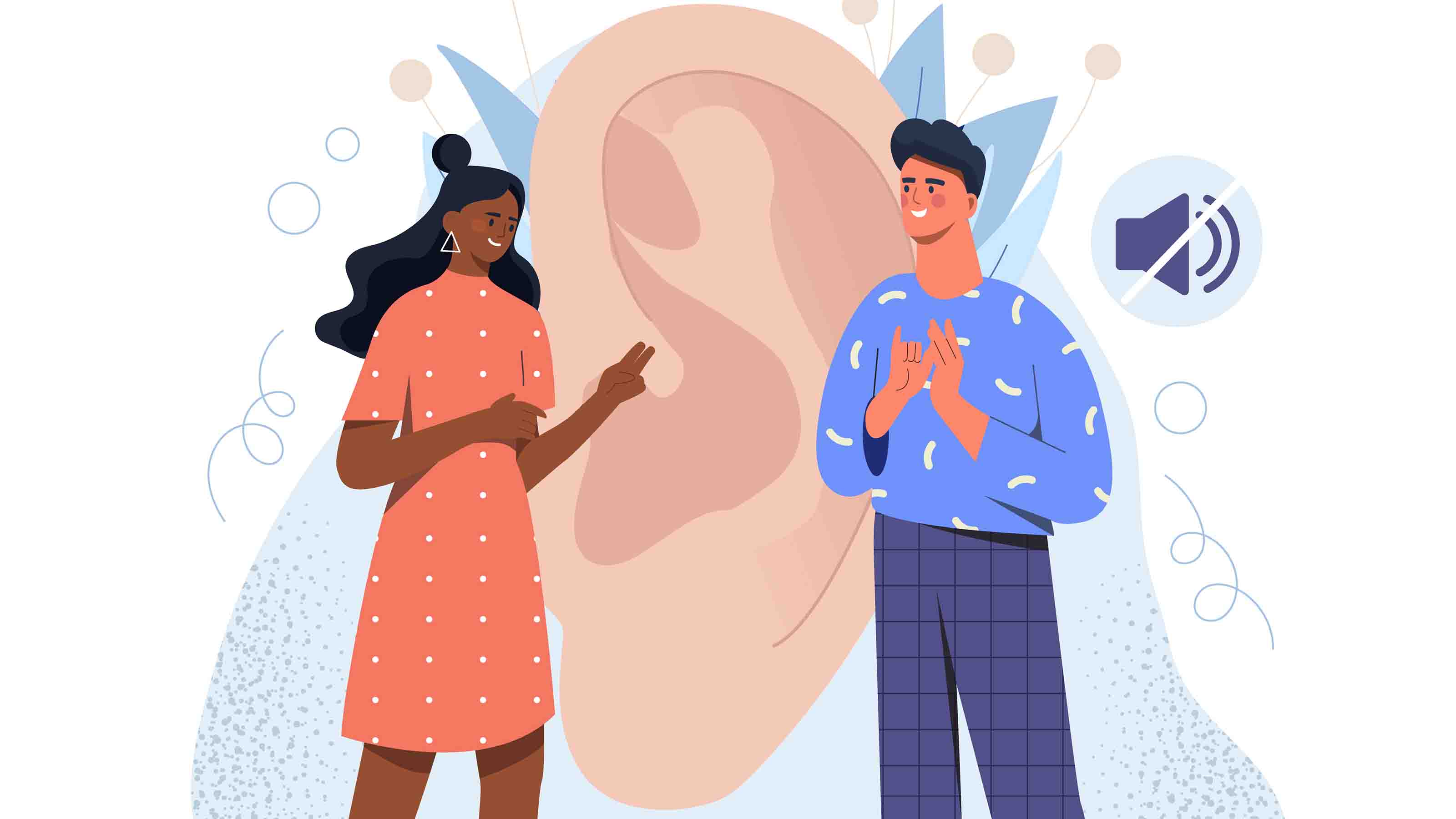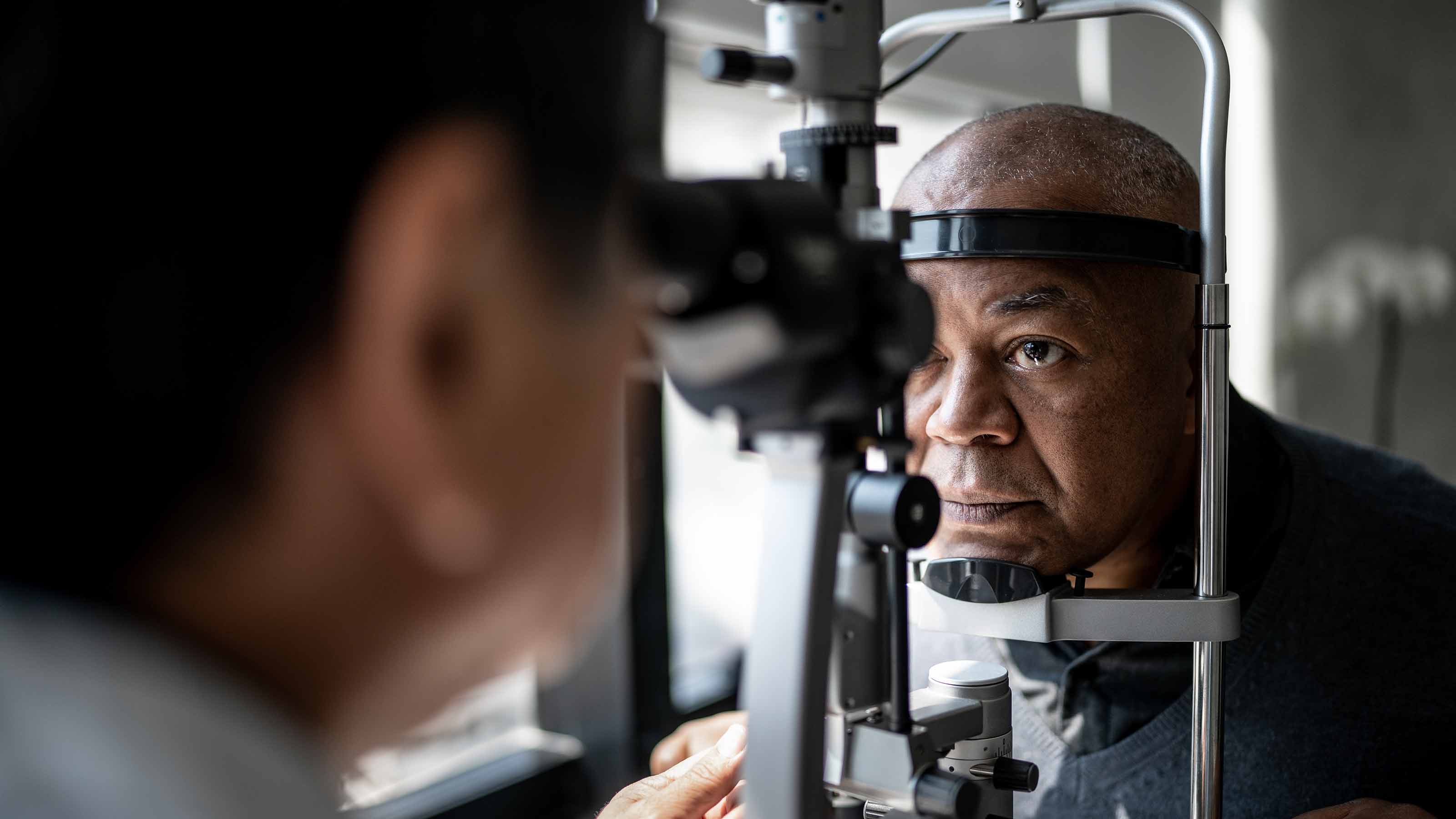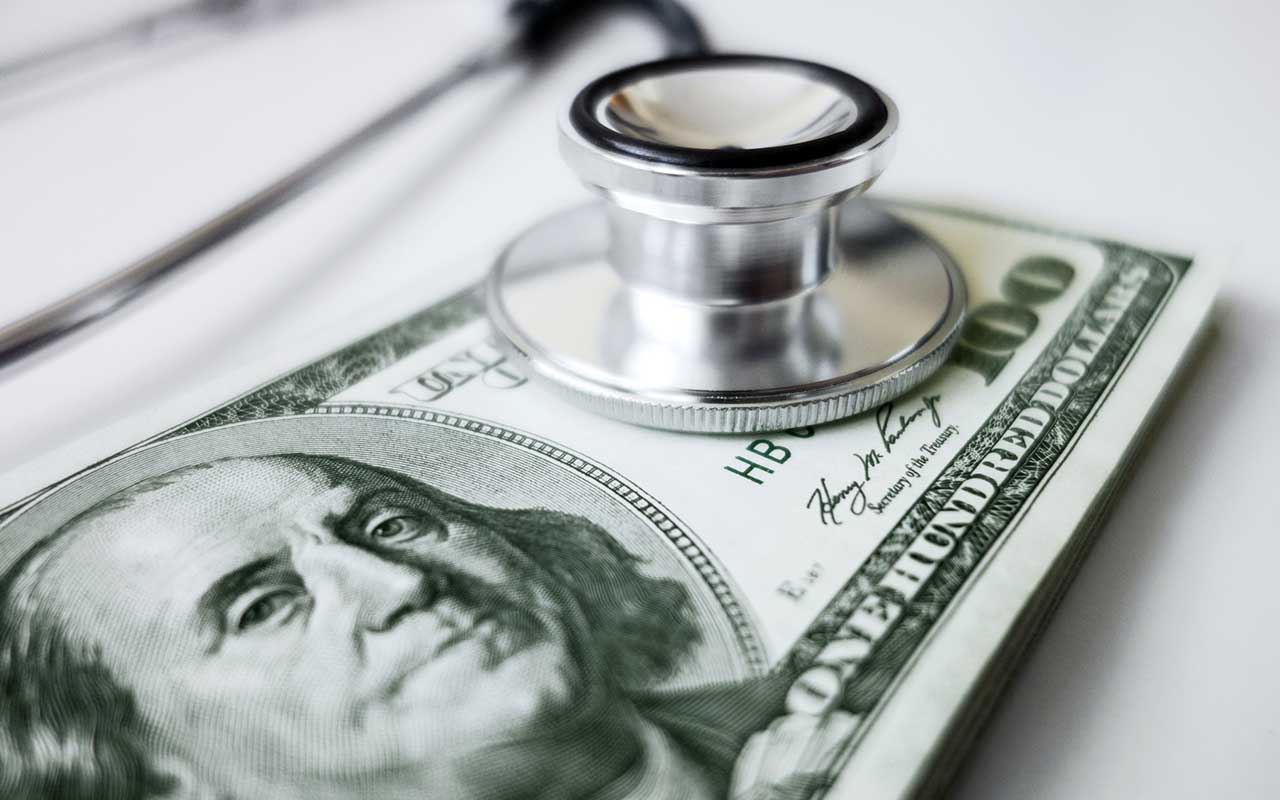Smart Ways to Spend Down Your Flexible Spending Account
Some employers allow workers to carry over up to $500 in a flexible spending account from one year to the next, while others offer a grace period until mid March. Knowing your deadline will prevent you from losing FSA dollars.


Question: My employer changed our flexible spending account rules so we can now roll over $500 from one year to the next. Do I still have until March 15 to use the rest of the money, or do I have to use all but $500 by December 31, 2017? If so, what are some good ways to use the money before the end of the year?
Answer: If your employer offers a $500 carryover, you must use the rest of the money in the account by December 31, 2017, or you will lose it. The plans can’t offer both the $500 carryover and the March 15 grace period.
“Employers can only choose one (or neither) of these deadline extensions, so it’s vital that employees are sent regular reminders in advance of the plan-year deadline,” says Jeremy Miller, CEO and founder of FSAStore.com, which specializes in selling items that are FSA-eligible.
From just $107.88 $24.99 for Kiplinger Personal Finance
Become a smarter, better informed investor. Subscribe from just $107.88 $24.99, plus get up to 4 Special Issues

Sign up for Kiplinger’s Free Newsletters
Profit and prosper with the best of expert advice on investing, taxes, retirement, personal finance and more - straight to your e-mail.
Profit and prosper with the best of expert advice - straight to your e-mail.
This is an important time of year to find out about your employer’s flexible spending account deadline. Many employers used to offer a grace period until March 15 to use the money in the account, but more of them every year are switching to permit the $500 carryover instead. A study by the Society of Human Resource Management found that 46% of employers offered the $500 carryover option in 2017; 32% offered the grace period.
If you still have more than $500 in your FSA and have a December 31 deadline, you can always use the money on co-payments, deductibles, prescriptions drugs and other out-of-pocket medical costs. This is also a good time to stock up on items you can use throughout the year, such as contact lenses, prescription sunglasses, a backup pair of glasses, contact lens solution, sunscreen with an SFP of 15 or higher, knee and back braces, heat and cold packs, and first-aid kits. You can use the money for many drugstore items without a prescription, such as thermometers or blood pressure monitors, including new smartphone-enabled versions, says Miller. See FSAStore’s list of FSA-eligible products and services for more information.
If you have a choice between a flexible spending account and a health savings account in the future, keep in mind that the HSA doesn’t have the use-it-or-lose-it rules of the FSA. HSA money may be used tax-free for eligible medical expenses anytime in the future. Also, you can have an HSA and an FSA if you have an eligible high-deductible health insurance policy and you have an “HSA-compatible FSA.” This HSA-compatible FSA, though, can only be used for dental and vision expenses until you reach your plan’s deductible. For more information, see Can I Contribute to Both an HSA and an FSA?
Profit and prosper with the best of Kiplinger's advice on investing, taxes, retirement, personal finance and much more. Delivered daily. Enter your email in the box and click Sign Me Up.

As the "Ask Kim" columnist for Kiplinger's Personal Finance, Lankford receives hundreds of personal finance questions from readers every month. She is the author of Rescue Your Financial Life (McGraw-Hill, 2003), The Insurance Maze: How You Can Save Money on Insurance -- and Still Get the Coverage You Need (Kaplan, 2006), Kiplinger's Ask Kim for Money Smart Solutions (Kaplan, 2007) and The Kiplinger/BBB Personal Finance Guide for Military Families. She is frequently featured as a financial expert on television and radio, including NBC's Today Show, CNN, CNBC and National Public Radio.
-
 Plan to Give
Plan to GiveSponsored Charitable giving strategies in the wake of the “One Big Beautiful Bill."
-
 Stocks End Volatile Year on a Down Note: Stock Market Today
Stocks End Volatile Year on a Down Note: Stock Market TodayAfter nearing bear-market territory in the spring, the main market indexes closed out the year with impressive gains.
-
 How We Manage Our Finances Together: 'When You Keep Score, You Can End Up Resentful'
How We Manage Our Finances Together: 'When You Keep Score, You Can End Up Resentful'Douglas Boneparth, a certified financial planner, and his wife, Heather Boneparth, speak with Kiplinger about couples managing finances.
-
 What Does Medicare Not Cover? Eight Things You Should Know
What Does Medicare Not Cover? Eight Things You Should KnowMedicare Part A and Part B leave gaps in your healthcare coverage. But Medicare Advantage has problems, too.
-
 Your Guide to Open Enrollment 2023
Your Guide to Open Enrollment 2023Employee Benefits Health care costs continue to climb, but subsidies will make some plans more affordable.
-
 Starting Today, Hearing Aids May be Sold Over the Counter
Starting Today, Hearing Aids May be Sold Over the CounterHealthy Living on a Budget The White House estimates people will save nearly $3,000 by not having to get them through a medical professional.
-
 Retirees, Here Are 3 Paths for Getting Vision Insurance
Retirees, Here Are 3 Paths for Getting Vision InsuranceHealthy Living on a Budget Medicare Part B's restrictive coverage of vision care means you'll have to find a different route to get the right insurance. Here's some guidance.
-
 Billed for a COVID-19 Vaccine? Don't Pay
Billed for a COVID-19 Vaccine? Don't PayHealthy Living on a Budget If you are charged, it's an error. Call your provider directly and dispute the fees.
-
 Food Delivery Apps: We Compare 4 of the Biggest
Food Delivery Apps: We Compare 4 of the BiggestTechnology These apps offer convenience but vary in costs and customer service. Here’s how Uber Eats, Grubhub, DoorDash and Postmates compare to each other.
-
 Exercise Saves Seniors Money on Health Care
Exercise Saves Seniors Money on Health CareHealthy Living on a Budget Adults who increase their physical activity pay hundreds less per year for health care, a new study shows.
-
 When It’s Time to Drop Your Parents’ Health Insurance
When It’s Time to Drop Your Parents’ Health InsuranceStarting Out: New Grads and Young Professionals Thanks to the Affordable Care Act, the uninsured rate for twenty-somethings has plummeted.